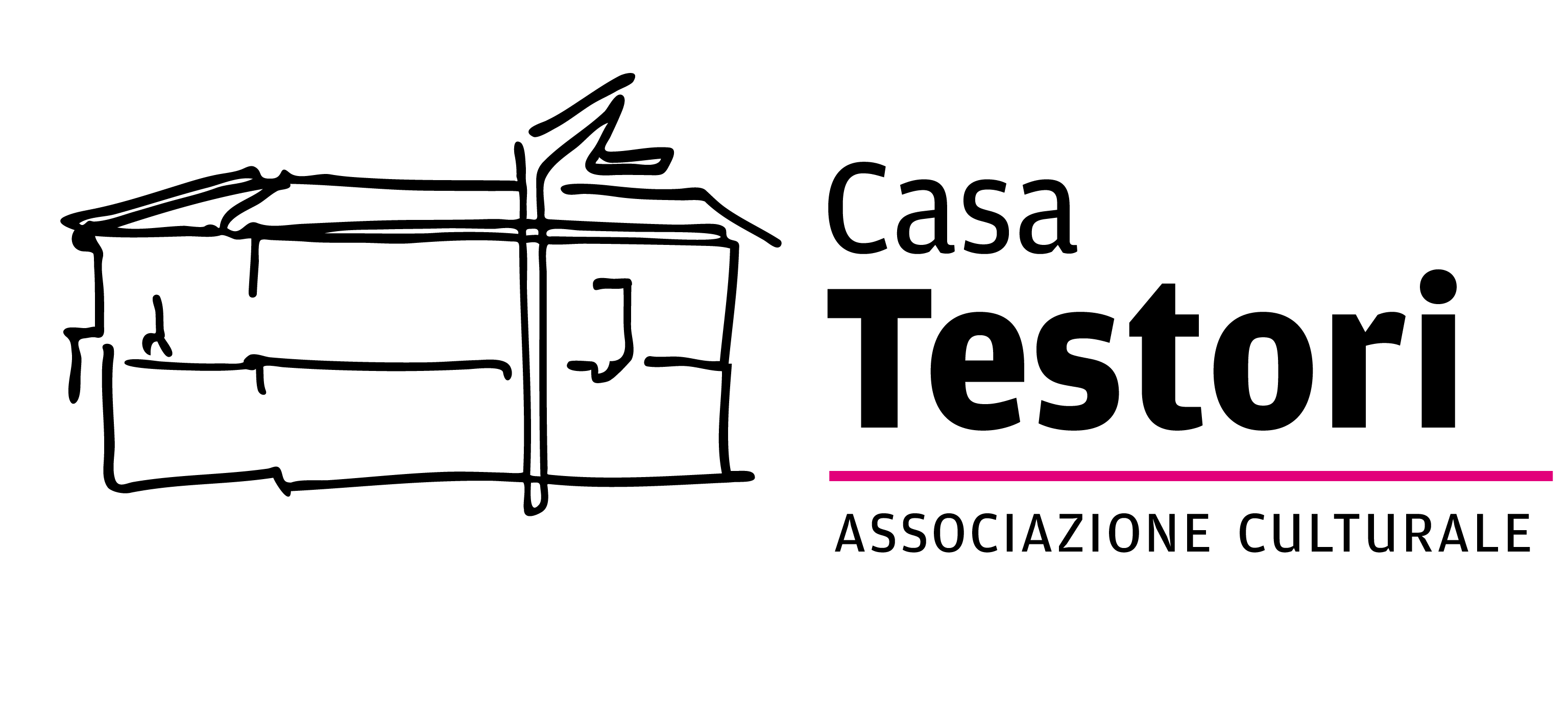LUCIANO MINGUZZI (Bologna 1911 – Milan 2004)
Luciano Minguzzi was born in Bologna on 24 May 1911. Born into an artistic family, he studied first with his father, a sculptor, before enrolling at the Accademia di Belle Arti, where he attended sculpture with Ercole Drei and engraving with Giorgio Morandi, while at the University he attended art history lessons with Roberto Longhi. In 1934, he won a scholarship and spent two months in Paris. Minguzzi drew inspiration, not only from his contemporaries, Arturo Martini, Marino Marini and Giacomo Manzù, but also from the Renaissance tradition of Florence and Bologna. At the age of thirty-one, in 1942, he already earned a solo room at the 23rd Venice Biennial. In 1948, he returned to Paris, where he met, among other artists, Alberto Giacometti and Renato Birolli. In 1950, he received the Gran Premio for sculpture at the Venice Biennial and, the following year, he moved to Milan where he won the competition for the fifth door of the Cathedral. In 1956, he was appointed to teach sculpture at the Accademia di Belle Arti di Brera, a post he held until 1975. From the late fifties to the early sixties his sculptures include references to concentration camps and the Second World War in general, but also included a series of “semi-abstract” works, such as the Aquiloni [Kites] and Luci nel bosco [Lights in the Wood] series. His success as an artist was consolidated with numerous international exhibitions during the 1960s. In 1970, he was commissioned to create the Porta del bene e del male [Door of Good and Evil] for the Basilica of St. Peter’s in the Vatican, inaugurated by Pope Paul VI (1977) and, in 1972, he exhibited the imposing sculpture Uomini at the Quadrennial of Rome. During the 1980s, he made large drawings on paper using a mixed colour technique, in which he revisited new and past themes already addressed in sculpture. In 1992, an important exhibition was given at the Castello Sforzesco of Milan, curated by Mario De Micheli, and, in 1996, the Museo Minguzzi was opened in Milan. After his death, on 30 May 2004, this was transformed into the home and archive of the Fondazione Minguzzi, now in Venice.
Posted on: 3 July 2023, by : Alessandro Frangi
